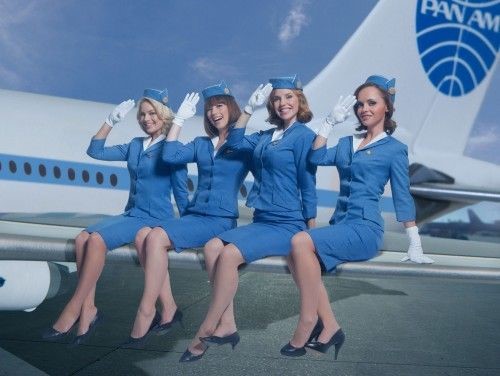Opinion: Lessons from heritage and challenger brands

What lessons can we learn from successful, heritage brands like Coke, and new players like BrewDog?, asks Christian Cook
The most successful brands are not just about visual and verbal communication. They’re about brand experience. The likes of now-defunct PanAm and Selfridges are all about customer service, effectively pioneering what we know today as brand experience, where every employee embodies the essence, traits and behaviours of the brand; living and breathing it, as if it is a lifestyle. Lego is a wonderful example of a brand that doesn’t provide an externalised brand experience but one that is more internalised. Everyone is a Lego nut and the brand is embodied by every department and employee.
Heritage brands have survived through both the good times and the bad. When the economy fails, businesses with an entrepreneurial mentality fight the fires that are worth fighting and innovate to reshape their markets.
The same is true when the competition heats up. New products and services come to market and some represent incremental changes; tiny steps forward that have little impact. Others are monumental, completely reshaping the landscape. All these changes need to be monitored, but the monumental ones need action rather than denial. The holy grail is to spearhead monumental change.
As the world changes, so too does culture. What people desire and need will evolve. Businesses and their brands can get out of step.
Heritage brands have managed to respond and adapt to cultural shifts that have the power to impact their business for good or bad. Ask yourself, 'Where have we come from and where are we now? What shifts can we identify? And how should our business, brand and communications evolve or adapt to respond to these shifts?'
One of the best ways to figure out how to identify and solve problems is to look at how others have done it before. Looking at heritage brands that have had problematic histories but that are bigger now than ever before is a great way to do that.
How did Burberry shake off the damage caused by black market fakes for its signature pattern? How could you do it better to speed up the process?
It’s also a good idea to look at companies that have failed to solve problems. Your retail sales are dropping and stores might have to close. Where did BHS go wrong? The hardest instance is when your problem seems unique.
Heritage brands have grown up with generations of people and offer significant reference points that are a part of the map of our shared history and culture. Whether it's Marmite, one of the ultimate icons of Britishness, or IBM, which signifies progression, achievement and growth through technology, it’s the context they signify and the continuity they provide that makes them perpetually resonate.
People seek continuity. We're naturally afraid of change. So make sure change is on brand and it will enhance and evolve the brand that’s taken so much time and effort to create.
Heritage brands have constantly evaluated and reevaluated their reputations. Ignoring reputation, burying heads in the sand or failing to effectively communicate what you’re doing to put things right in difficult times is a significant contributor to brand failure.
When working with clients we ask, 'If your brand were a person what would other people say about you when you’re not in the room?' What we want to know is the scale of the difference between what the client thinks their brand is, compared to how it’s actually perceived by the public. This question is always followed by another – what do you want to be known for? This usually causes a revaluation of the first question.
Without knowing how you’re perceived and how you want to be perceived in the future, it’s hard to work out the path to get there, and therefore a branding exercise is at risk of failure from the outset.
Consumers demand authenticity. Brands try so hard to create something that’s real and meaningful, but it will not deliver because we know they’re part of the big corporate machine. Heritage brands are at a distinct advantage because they were born at a time when marketing was young and naïve. They were the originals, which in itself makes the brands truly authentic.
Today, however, competition is fierce and it’s hard not to be a copycat. It’s also hard not to dig around in the archive and become something that’s nostalgic and fauxthentic. While this approach is favoured for a time, they represent trends that last for years rather than for decades.
Design is a big part of the picture. But brands today aren’t just about looks, they’re about actions and behaviors. Of late the focus has shifted away from consumer behavior and focused on the people making and creating products as the new source of authenticity.
This is why brands like BrewDog have the upper hand. They’ve been founded by hard working people that have toughed it out as a start-up to create something that consumers can get behind, responding to snowballing distrust of corporations and big business. We champion the underdog and admire entrepreneurialism.
A significant contributor to this new authenticity is moral purpose. For example, shoe and bag brand Tom’s says that for every product it sells, it will give something back to someone, somewhere. Being authentic is not just about design, it’s about having purpose, values, ethics and morality and delivering on it, always.
Christian Cook is a strategist at Hornall Anderson












